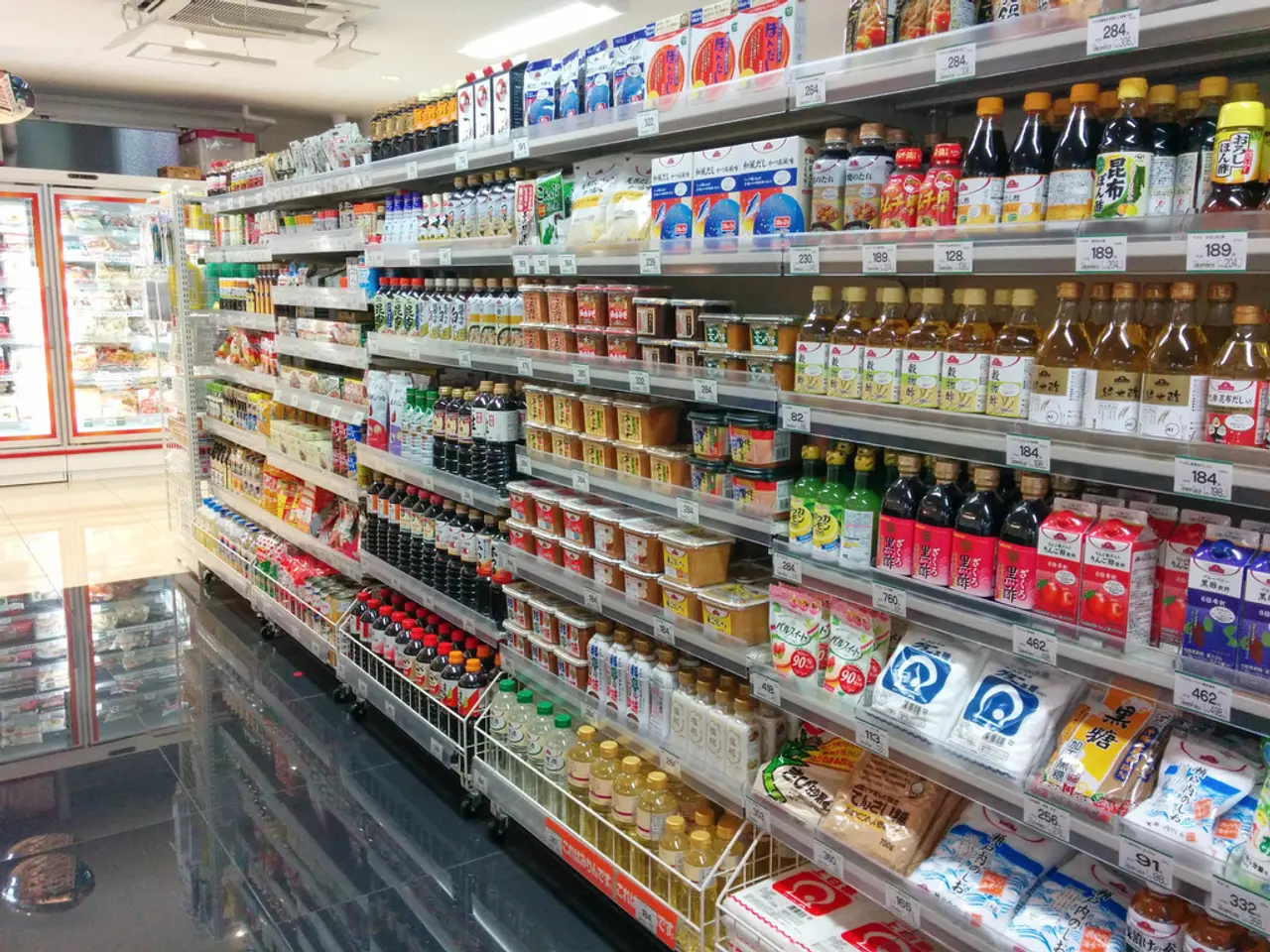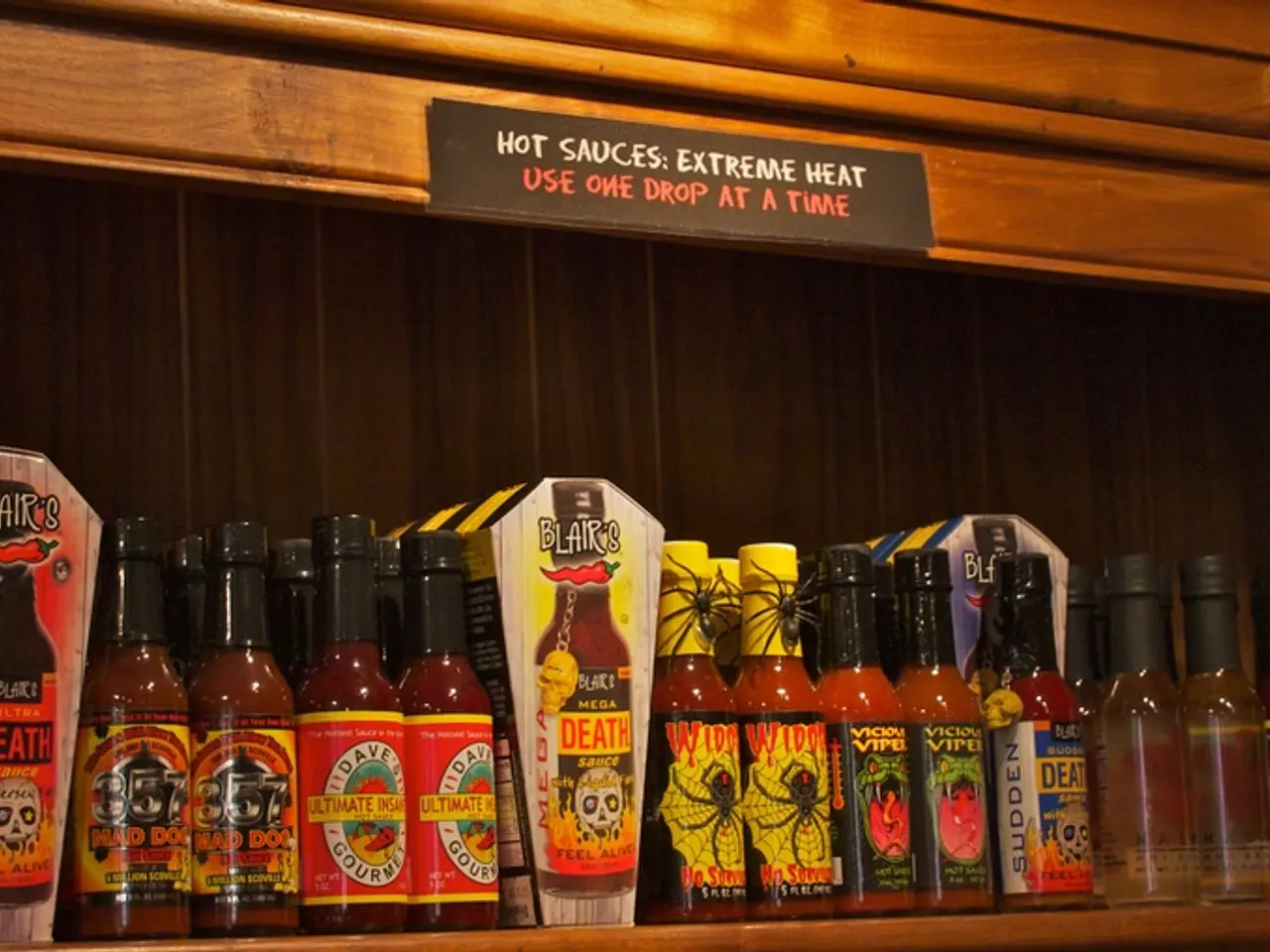Transformation: Exploring the evolving currents of Open Banking in North America
Canada, under the leadership of Prime Minister Mark Carney, is making a comeback in the Open Banking race with unexpected vigour. Meanwhile, the United States continues to advance in Open Banking, albeit through industry-led initiatives and voluntary standards.
In Canada, Open Banking efforts are closely tied to the development of real-time payments (RTP). By 2025, Canada’s RTP market is projected to reach USD 22.37 billion, thanks to API standardization initiatives in technology hubs like Toronto-Waterloo and provincial sandbox programs such as Alberta’s fintech licensing accelerator. Provincial regulation plays a significant role, with consumer protection rules and digital ID programs influencing adoption. Cross-border payment flows are also supported through regional pilot corridors linking Canada’s RTP infrastructure with the U.S. FedNow RTP system.
While Canada does not yet have a mandatory national Open Banking framework, these provincial sandboxes and collaborative payment infrastructures indicate foundational steps towards broader data sharing and open finance ecosystems.
In the United States, Open Banking lacks a formal nationwide mandate but is progressing through industry-led initiatives and voluntary standards such as those promoted by the Financial Data Exchange (FDX). The North American Open Banking market held 32.2% of the global revenue in 2024, driven by tokenized APIs and consumer data sharing used by over 100 million people. The introduction of regulatory moves like the Section 1033 rule (from the Dodd-Frank Act) aims to formalize consumer rights to access financial data, promoting wider adoption and collaboration across fintech ecosystems.
However, actual consumer use of Open Banking payment innovations such as "Pay-by-Bank" remains limited but growing, with a 2024 study showing 11% of U.S. adults had used Open Banking payments at least once. The U.S. relies heavily on real-time payment infrastructure like FedNow, launched to support instant payments and integrated with Canada’s RTP corridors.
Both countries face challenges, including balancing consumer protection with innovation, addressing legacy system constraints, achieving API standardization, and overcoming limited consumer awareness or use of Open Banking payments. Provincial and state-level regulatory variations create complex compliance environments that companies must navigate.
Looking ahead, Canada’s federal and provincial governments are expected to deepen Open Banking frameworks, building on sandbox learnings and payment system linkages. The U.S. market looks toward further formalization of consumer data rights and broader merchant adoption of Open Banking payment methods to reduce costs and enable seamless digital finance experiences. Cross-border collaboration on real-time payments between Canada and the U.S. also suggests growing integration potential in North American Open Banking ecosystems.
The journey towards Open Banking in North America is a long, complex process, marked by promise and pause, regulation and resistance. However, with improving infrastructure and regulatory frameworks over the next five years, both countries are poised for gradual scaling.
Sources: - Mordor Intelligence, Open Banking Market Overview (2025) [1] - Mordor Intelligence, Canada Real Time Payments Market Analysis (2025) [2] - Federal Reserve, Pay-by-Bank Payments Study (2024) [4] - The FCAC in Canada has received a budget and is preparing to drive the Open Banking initiative. - The United States has shown frenetic energy in its approach to Open Banking, with fintechs surging and API standardization blossoming. - Canada has approached Open Banking with caution, forming committees, issuing reports, and consulting. - The Canadian effort towards Open Banking, which started nearly a decade ago, has been marked by bureaucratic delays and broken promises. - The implementation of Section 1033 in the United States has been met with cautious jubilation in the Open Banking community. - The question of which country would lead in Open Banking has been a topic of discussion for years. - The United States appears to have surged ahead in Open Banking implementation following the implementation of Section 1033, with conferences buzzing, capital flowing, and fintech sprouting. - The CFPB faced budgetary strangulation, senior leadership resignations, curtailed enforcement actions, and legal maneuvers to vacate Section 1033. - Eyal Sivan, general manager of North America at Ozone API & Mr. Open Banking, is chairing the Main Stage at Open Banking Expo Canada and speaking on a Powerhouse Debate at Open Banking Expo USA. - Mark Carney, former Governor of the Bank of England, became the Prime Minister of Canada. - The Consumer-Driven Banking Act in Canada is stirring again, with strategy papers being dusted off, consultations resuming, and the Financial Consumer Agency of Canada (FCAC) staffing up. - Carney called for investment in national data infrastructure, endorsed consumer-directed finance, and signaled that the time for delay was over. - In late 2023, the Consumer Financial Protection Bureau (CFPB) implemented Section 1033 of the Dodd-Frank Act, enshrining consumers' rights to access and share their financial data. - Justin Trudeau, the Canadian Prime Minister, announced he would step aside unexpectedly.
- Canada's strategy in Open Banking is tightly connected to the development of real-time payments (RTP), with Toronto-Waterloo and Alberta's fintech licensing accelerator playing significant roles.
- The North American Open Banking market, driven by tokenized APIs and consumer data sharing, held 32.2% of the global revenue in 2024, with the United States being a major contributor.
- Provincial regulation in both Canada and the United States plays a crucial role in Open Banking adoption, as consumer protection rules and digital ID programs influence the pace of change.
- In the United States, the Financial Data Exchange (FDX) promotes industry-led initiatives and voluntary standards for Open Banking, while Canada lacks a formal national mandate but is progressing through similar avenues.
- The federal and provincial governments of Canada are expected to build on their sandbox learnings and payment system linkages to deepen Open Banking frameworks, while the U.S. market aims for broader merchant adoption and formalization of consumer data rights.
- The future of Open Banking in North America involves navigating complex compliance environments due to regulatory variations at both provincial and state levels, as well as balancing consumer protection with innovative technology in the fintech industry.




